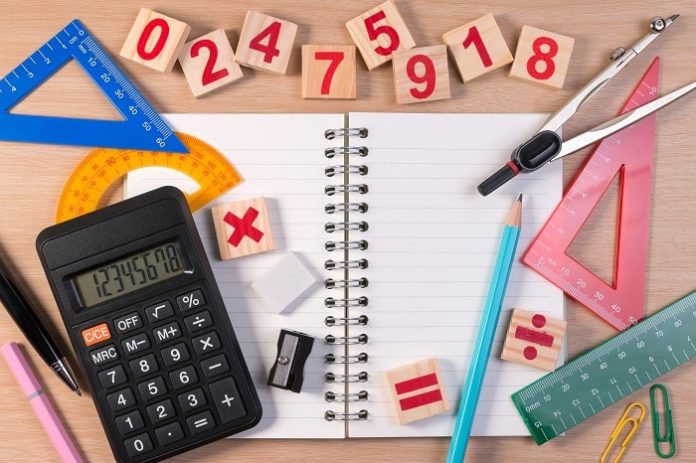Teaching math to your children is as easy as 1+1=2. Go beyond pencil and paper to make math a learning experience that’s fun for you and your kids.
These quick and easy strategies help you teach your kids math and will turn them into mini mathematicians. After all, for accelerated math students it won’t be long before they are preparing for their AMC 10 test.
Start With Counting
Teaching math begins with your child knowing numbers. You can help them learn to count with the same strategies you’ll be using to teach them math.
Children may respond better to memorizing numbers you repeat or may pick up numbers by seeing you count objects from one to ten. A method that may work for one of your children might not be right for another. Gauge each child individually.
Once your child begins counting, you’re ready to start with some basic math principles. They’ll be adding and subtracting before you know it.
Use Everyday Objects
You already have everything you need to begin teaching math to your child. Buttons, pennies, money, books, fruit, soup cans, trees, cars — you can count the objects you have available. Math is easy to teach when you look at all of the physical objects you can count, add, subtract, and multiply.
Play Math Games
There are plenty of games on the market that promise to aid you in teaching math. Hi Ho Cherry-O and adding dice teach simple addition. The game Chutes and Ladders introduces children to the numbers 1 to 100.
Advanced math board games come and go, so check stores for today’s hot games. Classics like Yahtzee, PayDay, Life, and Monopoly are always good resources for addition and subtraction.
Some of the best math games come from your own imagination. Play a math scavenger hunt. Use chalk to scribble numbers on the driveway and quiz your kids with math questions they have to answer by running to the correct number. Begin basic counting skills with blocks. Math can become an activity they enjoy rather than an educational drill.
Bake Cookies
Soft cookies make excellent teaching tools. While you can count the cookies you bake for simple math, a fresh batch is also perfect for teaching fractions.
With a plastic knife, kids can learn how to cut a cookie into eighths, fourths, and halves. The act of visually seeing a fourth created as well as them getting to cut that whole into fourths makes an impression in a child’s mind.
Use those small cookie pieces to teach your child how to add and subtract fractions. For example, 1/4 of a cookie + 1/4 of a cookie = 1/2 of a cookie. Put the pieces together so they can see the cookie half.
An alternative to baking cookies is to use raw cookie dough or make your own play-dough. Of course, you can’t eat your fractions when you’re finished learning math, but you can reuse the cookie dough or molding clay.
Invest in an Abacus
Even the smallest hands love sliding abacus beads back and forth along the wire. An abacus can be used to teach kids addition, subtraction, multiplication, and division.
With an abacus, kids develop problem-solving skills. There’s a logic behind using an abacus, so be sure you know what group of numbers each colored bead represents to accurately use it.
Test Flash Cards
Flashcards can show you what 2+2 equals, but letting kids get hands-on experience with counting may work better. Evaluate your child’s learning preferences by trying both flashcards and hands-on experience.
Some children learn better by seeing the answer on a card or counting pictures on a card. Others won’t truly get the concept of math until you let them count physical objects. Mix up your math lessons to see which method seems to be working best for your child.










